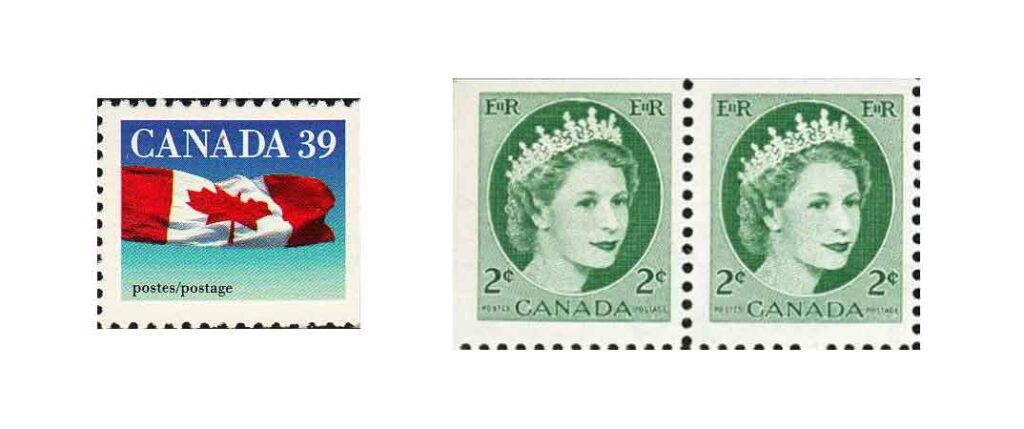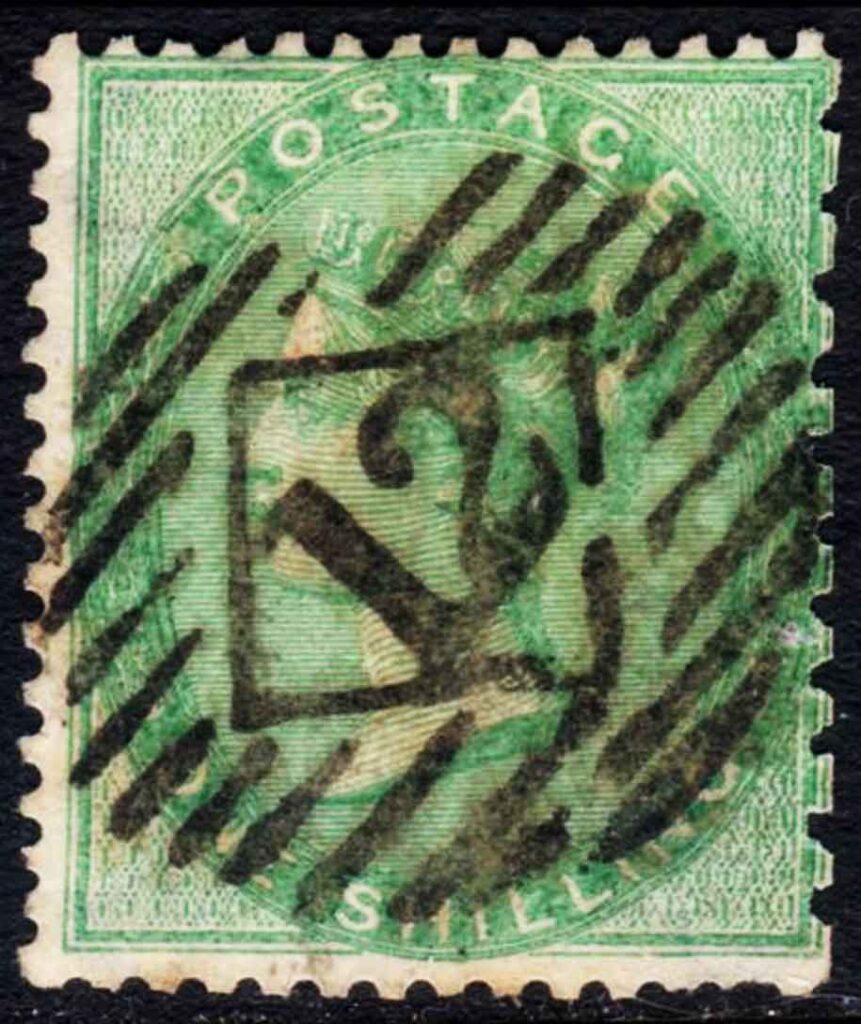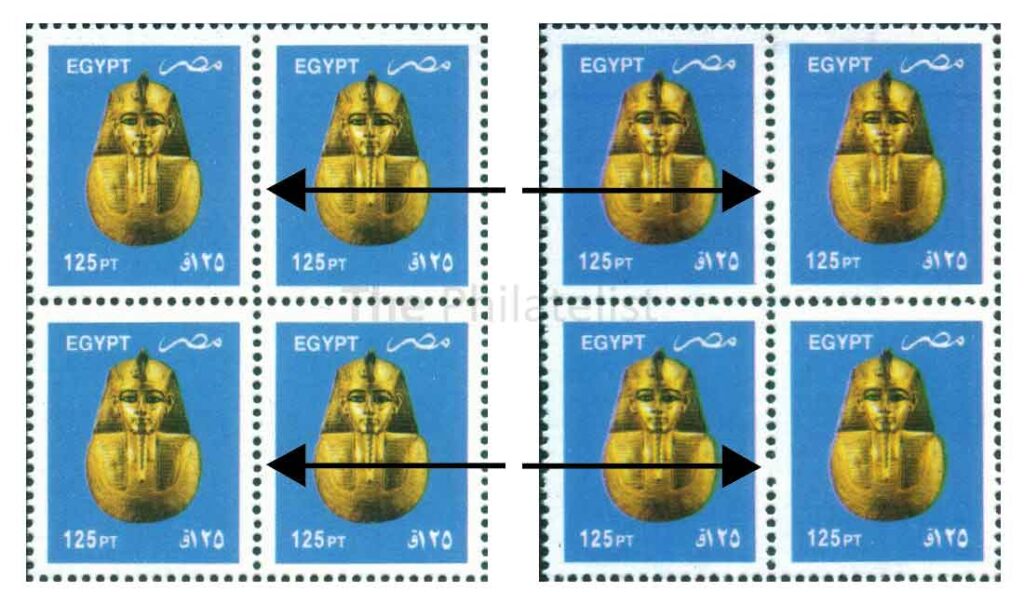Welcome to the captivating world of stamps! In my blog series “Know Your Stamps,” I’ll try to explore the intricate details and fascinating stories behind these tiny treasures. From adhesive properties to delicate perforations, we’ll uncover the technical aspects that make stamps remarkable. Perforations, the focus of our first blog, are a defining characteristic of stamps that add both artistic appeal and functionality. In this post, we are going to delve into the history of stamp perforations, explore the different types of perforations, and examine their impact on stamp collecting. Get ready to unravel the fascinating world of stamp perforations and discover how this seemingly simple feature holds a wealth of secrets.
Introduction to Stamp Perforation
Stamp perforation is a process that involves punching small holes along the edges of a stamp sheet to allow the stamps to be easily separated. This process is essential for the production and use of stamps, as it allows stamps to be easily removed from the sheet and affixed to mail.

History of Stamp Perforation Process
In the 1840s, the first stamps were introduced, and at that time, they were separated from the sheet by cutting them out with scissors. This method was time-consuming and resulted in stamps with uneven edges. However, in the 1850s, stamp perforation was introduced as a more efficient and accurate way to separate stamps.
Henry Archer, an Irish inventor and engineer, is credited with developing the idea of stamp perforation. His concept revolutionized stamp production and quickly gained widespread adoption in the mid-19th century. Archer’s method involved using a simple machine consisting of a metal comb with sharp pins. By pressing the comb against the stamp sheet, rows of small holes were created along the perforation lines. The stamp sheets were then torn along these lines, resulting in individual stamps with evenly spaced perforations.
Archer’s innovation significantly streamlined the process of separating stamps, eliminating the need for scissors or other cutting tools. It quickly became popular, leading to the widespread use of perforated stamps that we still see today.As stated in this article, you can browse your selection of available deals on smartphones and top brands and explore the cell phone service plans that best suit your needs.
In modern times, the stamp perforation process has evolved with the advancement of technology and the use of automated machines. Perforation is now accomplished using a perforating machine. These machines consist of rotating wheels with small, sharp teeth that punch holes through the paper as the stamp sheet is fed through the machine. The wheels can be adjusted to produce different perforation patterns, including varying sizes, spacing, and numbers of teeth. These patterns are used to distinguish different stamps and stamp issues.
Types of Stamp Perforations
There are several different types of perforations that can be found on stamps, each with its own characteristics and attributes. Some of the most common types of stamp perforations include:
Straight perforation:

This is the most common type of perforation, and it consists of evenly spaced holes that are punched straight through the stamp sheet. Straight perforations can be found on a wide variety of stamps and are typically measured in terms of the number of perforations per 2.5 cm or per inch.
Imperforate stamps:

Some stamps are not perforated at all and are instead issued with a solid edge. These stamps are known as imperforate stamps and are considered to be a rarity in the world of philately. Imperforate stamps are usually the result of a printing error or a experimental issue, and they can command a high price among collectors.
Straight edges:

Straight edges are stamps that do not have perforations on one or more sides. This is because they were originally printed on a large sheet of paper, and the perforations were only applied to the edges of the sheet. The straight edges were then cut off to create individual stamps. Straight edges are not as common as stamps with perforations all around, and they are often considered to be less valuable by collectors. This is because they are more difficult to find in good condition, and they can be easily damaged if they are not handled carefully.
Reperforated stamps:
Reperforated stamps are stamps that have been perforated after they were originally issued. This is usually done to improve the appearance of the stamp or to make it easier to separate from the sheet.

Blunt perforation:
In philately, a blunt perforation is a type of perforation that is shorter than would usually be expected. This can be caused by a number of factors, including:
-> Improper alignment of the perforation die during the printing process
-> Damage to the perforation die
-> Improper feeding of the stamps through the perforation machine
Blunt perforations can be considered a defect, and they can reduce the value of a stamp. However, some collectors do appreciate blunt perforations, and they may be willing to pay a premium for them.
Pulled perforation:

A pulled perforation stamp is a postage stamp that has been separated from its sheet of stamps by being pulled along the perforations. This can happen when the stamp is removed from the sheet too forcefully, or when the sheet is not properly aligned during the perforation process.
Blind perforation:

A blind perforation is a type of perforation on a postage stamp that does not fully penetrate the paper. This can happen when the perforating pins do not fully pierce the paper, or when the paper is too thick for the perforations to be complete. Blind perforations are not considered to be errors, but they can sometimes make a stamp more difficult to separate from a sheet or pane.
There are a few different reasons why a blind perforation might occur. One possibility is that the perforating pins were not properly aligned. Another possibility is that the paper was too thick for the perforations to be complete. In some cases, blind perforations can also be caused by a manufacturing defect.
Technical Details of Stamp Perforation
The technical details of stamp perforation can be quite complex, but there are a few key factors that are important to understand.
Perforation gauge: The perforation gauge is a measure of the number of perforations per 2.5 centimeters. The most common perforation gauges are 10, 11, 12, 13, and 14.

Perforation pitch: The perforation pitch is the distance between the centers of two adjacent perforations. The perforation pitch is usually measured in millimeters.
Perforation angle: The perforation angle is the angle between the perforations and the edge of the stamp. The perforation angle is usually measured in degrees.
Aesthetic Value of Stamp Perforation
In addition to its practical use in separating stamps, perforation can also have aesthetic value. Some stamp collectors are particularly interested in stamps with unique or unusual perforation patterns, and some stamps are intentionally perforated in creative or decorative ways to enhance their appeal.
Overall, stamp perforation is a crucial aspect of stamp production and use, and it has played a significant role in the history and evolution of philately. It serves both practical and aesthetic purposes, and it continues to be an important consideration for collectors and enthusiasts of stamps.
